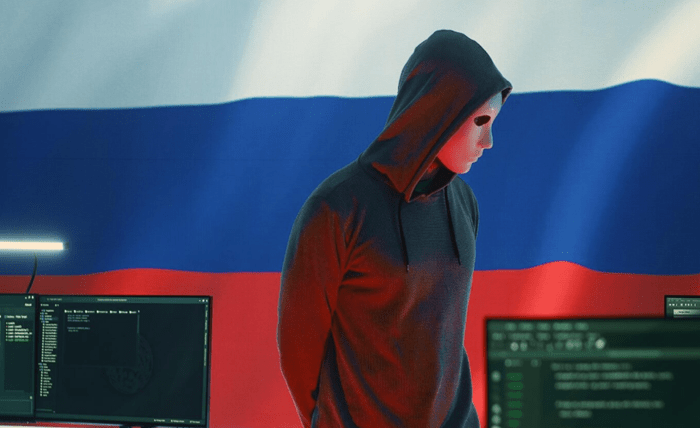Operating since February 2019, the well-known dark web marketplace Russianmarket—also known as Russian Markat—is run by Russians. Focusing on the illegal data trafficking, it has become a major player in the underground economy. Notwithstanding its name, the platform mostly runs in English to serve hackers all across the world. Emphasizing their role within the dark web ecosystem, this paper investigates the framework, services, and operational model of the Russian Market.
Evaluation of the Russian Market
Accessible via the Tor network and, occasionally, the open web, the Russian Market is a data-driven Dark Web Marketplace. Unlike certain Dark Web Markets that deal in physical goods it concentrates in digital assets, most especially stolen passwords and bank data. Since its introduction, the clear UI and robust security measures have guaranteed its ongoing importance.
Fundamental Characteristics
- Safety requires Tor for access, therefore ensuring user anonymity.
- The language mostly serves English, hence it is more easily accessible than for consumers who speak Russian.
- Security: Ensures anonymity with strict user authentication and bitcoin, Litecoin, Ethereum transactions.
- Like true e-commerce platforms, support system consists of a chat interface and client assistance.
Market Framework and Provisions
Emphasizing premium stolen data, the Russian Market is set up to help distribute illicit digital goods. Acting as a hub for data brokers and cybercriminals, it offers a reputation system to evaluate vendor dependability. Transactions use escrow systems to provide sellers’ and buyers’ protection.
Main offerings
- Card Verification Values, or CVVs: illegally obtained credit card data sold in volume for illegal activities.
- Data gleaned from the infostealer virus—including usernames, passwords, and browser cookies—is stored in stealer logs.
- Compromised Accounts: Usually used for sales or fraudulent activity, login credentials for many sites are sometimes obtained.
- Personal identifiable data (PII): sensitive records include bank information and Social Security numbers.
Operational Model
The simple interface of the platform lets even technologically challenged people discover its capabilities. Since vendors provide data in volume, buyers can hone purchases based on specific criteria, including CVVs or logs. The focus on digital goods by the Russian Market distinguishes it from conventional DWMs, which often reflect illegal markets for physical objects.
Current Situation and Advancements
Notwithstanding law enforcement efforts meant to destroy these sites, the Russian sector remains among the top dark web markets for illegal credentials and financial information by 2025. The resilience is ascribed to tight security systems and limited access to approved persons. The increased activity in the market suggests the growing demand for hacked data inside the criminal ecology.
Obstacles and Hazards
- Law Enforcement: Though the Russian Market has changed to avoid closures, intermittent activities target DWMs.
- Attacks in Cyberspace: As evidenced by the widespread battles inside the Russian darknet, competing markets and hacking collectives could try to compromise operations.
- Legal Challenges: Even if one is a buyer, participation on the platform carries significant legal consequences because of its illegal character.
Conclusion
Emphasizing stolen data with a professional operational framework, the Russianmarket.to displays the advanced growth of dark web markets. Its position in the underground market has been confirmed by its emphasis on digital items, easy design, and robust security. Still, its activities aggravate cybercrime, therefore compromising institutions as well as people. Law enforcement projects and cybersecurity depend on constant surveillance of such platforms.

